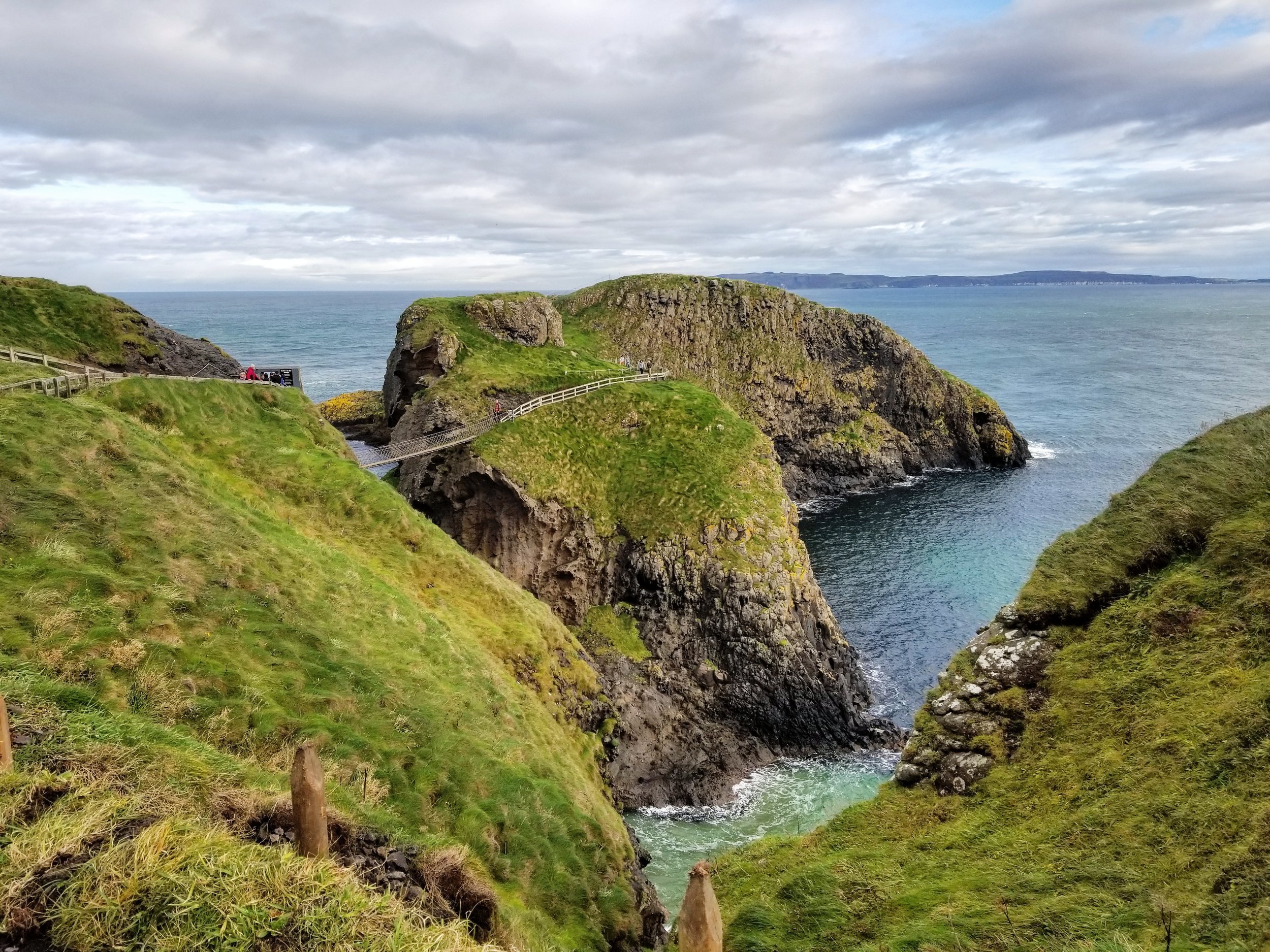
Travel Guide
Northern Ireland
Northern Ireland is part of the United Kingdom in the northeast of the island of Ireland. It’s known for many things including its history, culture and natural wonders. Of the natural attractions, Giant’s Causeway, a UNESCO World Heritage Site, is made up of basalt columns created by a volcanic eruption.
The city of Belfast, Northern Ireland’s capital, was built on the wealth of shipbuilding and linen industries, while the Cathedral Quarter there is known for its pubs, music and its arts scene. The thriving art scene is full of younger artists exploring installation, video and digital art forms. The country is also known for its sweet treats, local craft beers and seafood.
Map
Steph Marshall
When & How to Travel
Best Time of Year
Spring, Summer & Autumn (March to December); expect rain
Visa Requirements
Visa free up to 90 days (US citizens); starting January 8, 2025: US, Canada, Australia & New Zealand need Electronic Travel Authorization (ETA); those not citizens of UK, Switzerland or a country in the European Economic Area (EEA), may need to apply for an Irish visa
Currency
Pound sterling (£, GBP)
Key Phrases
-
Dia duit/Slán
-
Aye/Níl
-
Do thoil é/
Go raibh maith agat









A vibrant French city in the Pays de la Loire region, Nantes is known for blending rich history with modern innovation, a strong maritime past as a major port (though also a slave trade hub) and a high quality of life.